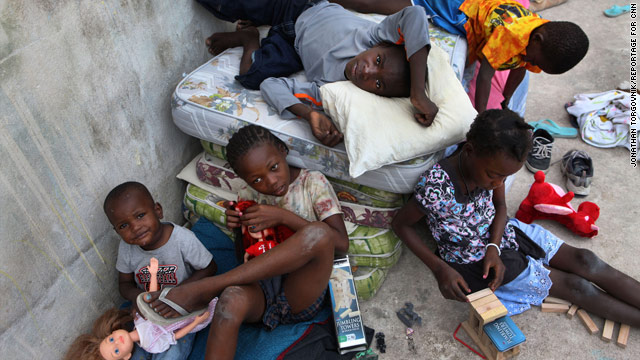The first step to break this problem is for people to be aware of what is happening to these children.
 They are taken away from their families, ship around the world, and pushed into prostitution with no means of fighting back. The children are forced to take drugs and are given little food, clothing, and shelter to survive. They become dependent on the cappers and no way to leave.
They are taken away from their families, ship around the world, and pushed into prostitution with no means of fighting back. The children are forced to take drugs and are given little food, clothing, and shelter to survive. They become dependent on the cappers and no way to leave. The statistics behind trafficking are hard to estimate and fathom. Both the amount of children in trafficking around the world and profit made off these children is unbelievable. Over 1 million children are exploited into prostitution every year. Within 2009, the estimated profit for human trafficking was about 32 billion dollars, on average 13,000 was made by each “forced laborer.”
Change is something that has to happen. People need to resist children slavery and exploitation. Imagine if your own child or someone from your family was forced into prostitution . . . . . . . . . . . . . You would do whatever it took to save them. The world needs to give opportunity to save this generation from prostitution through resources which can save children. Countries need to rely on other means to fuel their economy besides trafficking. Intense global policies need to be put into place for countries and people that are trafficking people.
Click HERE to open the feedback tool.








